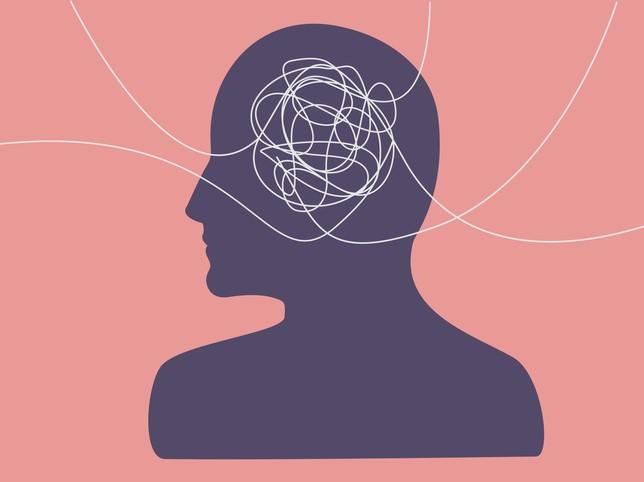
Three ways to support the post-pandemic mental health of Generation Z
The educational upheaval created by the COVID-19 pandemic continues to have lingering consequences on Gen Z students, more than four years on from the first lockdowns.
Shifting between face-to-face and online learning, coupled with a heightened vigilance of pathogens, and the isolation from friends and mentors – all while trying to maintain academic performance – would be a major undertaking for anyone, and especially for the developing minds of this generation. But the anxieties seeded among students during the pandemic have now grown into a forest of tangled branches. Each branch represents an unaddressed anxiety with its own root cause.
- Resource collection: The post-pandemic university: how to serve the Covid generation
- Entice students back to the classroom with community quizzes
- Covid should have taught us that campus needs to be a treasured space
The crucial question is: what can we do to support students at this point in history?
Common post-pandemic anxieties among students
Navigating one’s mental health can be complex and each person’s experience is unique. Hence, the first step, even before thinking of a solution, is to understand and empathise with the various types of anxieties affecting Gen Z students.
Common anxieties that university students face post-pandemic are:
- Health-related fears and phobia: Developing a fear of germs (germophobia) or contracting illnesses. This may be more prevalent in students who have underlying health problems or live with someone who is immunocompromised.
- Social anxieties: This can include fearing highly crowded public spaces, unease about reintegrating into society, fearing face-to-face interactions with others and worries about having lost social skills during extended periods of isolation.
- Lifestyle and routine disruptions: The constant change in one’s learning environment is undoubtedly difficult to adapt to. Students who had just become comfortable with online learning may have felt their daily routine being derailed once again when they had to return to solely face-to-face lectures.
- Educational anxieties: Students may feel that remote classes have disrupted their learning, and they’ve been left with gaps in their knowledge and skills in critical areas. They may feel unequipped and insecure in their abilities as they return to face-to-face learning.
- Psychological anxieties and illnesses: Depression and generalised anxiety disorder (GAD) may be particularly prevalent among students.
- Financial stress: The pandemic has impacted the financial security of many people. Students especially may experience the brunt of this aftermath due to anxiety over their personal or their family’s finances. Additionally, Gen Z may not be able to afford mental health aid due to financial reasons.
Three ways to support students with post-pandemic anxieties
- Integrate mental health first aid (MHFA) training programmes. Training faculty members and students to identify the warning signs of mental health problems, provide support and direct individuals to professional assistance. This could provide students with swift support from trusted sources, creating a compassionate educational environment that helps them adjust back to in-person learning.
- Encourage flexible learning. The abrupt move to online learning, particularly in the earlier days of the pandemic, was quite chaotic. Many students needed time to adapt. Just as Gen Z students became accustomed to remote learning, institutions made the switch back to in-person teaching. This change is even more difficult for those struggling with their mental health. Offering flexible learning options, such as online lectures, recorded classes and alternative examination methods, can accommodate students’ academic and social anxieties.
- Enhance on-campus services. A notable advancement for universities worldwide is the provision of mental health counselling services for their students. However, waiting times or unavailability of meeting slots can hinder students from accessing these services promptly. To overcome this issue, expand the counselling workforce and incorporate mental health services in student health insurance plans, if applicable.
Unravelling each branch of anxiety and navigating this new terrain can be overwhelming and isolating for Gen Z students. As they strive to find solid ground, it’s important to acknowledge what they’re going through. Understanding the root causes of anxiety forms the foundation for effective support. Pairing them with practical initiatives, such as the above-mentioned examples, can serve to gradually untangle each branch. This can foster an empowering environment that encourages students to thrive in the post-pandemic world.
Sumbal Riaz is a lecturer in biomedical sciences and Aena Khan is an undergraduate student, both at Dubai Medical College for Girls.
If you’d like advice and insight from academics and university staff delivered direct to your inbox each week, sign up for the Campus newsletter.




